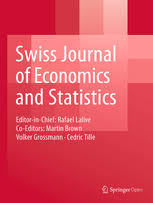
Subsidized Vocational Training: Stepping Stone or Trap? – Assessing Empirical Effects using Matching Techniques
Using replacement matching on the basis of a statistical distance function we try to answer the question of whether subsidized vocational training is related to a negative image effect for the graduates. The results show that young people with equal qualifications acquired during subsidized vocational training are disadvantaged solely due to the kind of education they have received. The probability of finding adequate employment is lower than in the control group. Besides the 'general effect' of support we also find less favorable job opportunities for those who attended 'external' as compared to 'workplace-related' training.




